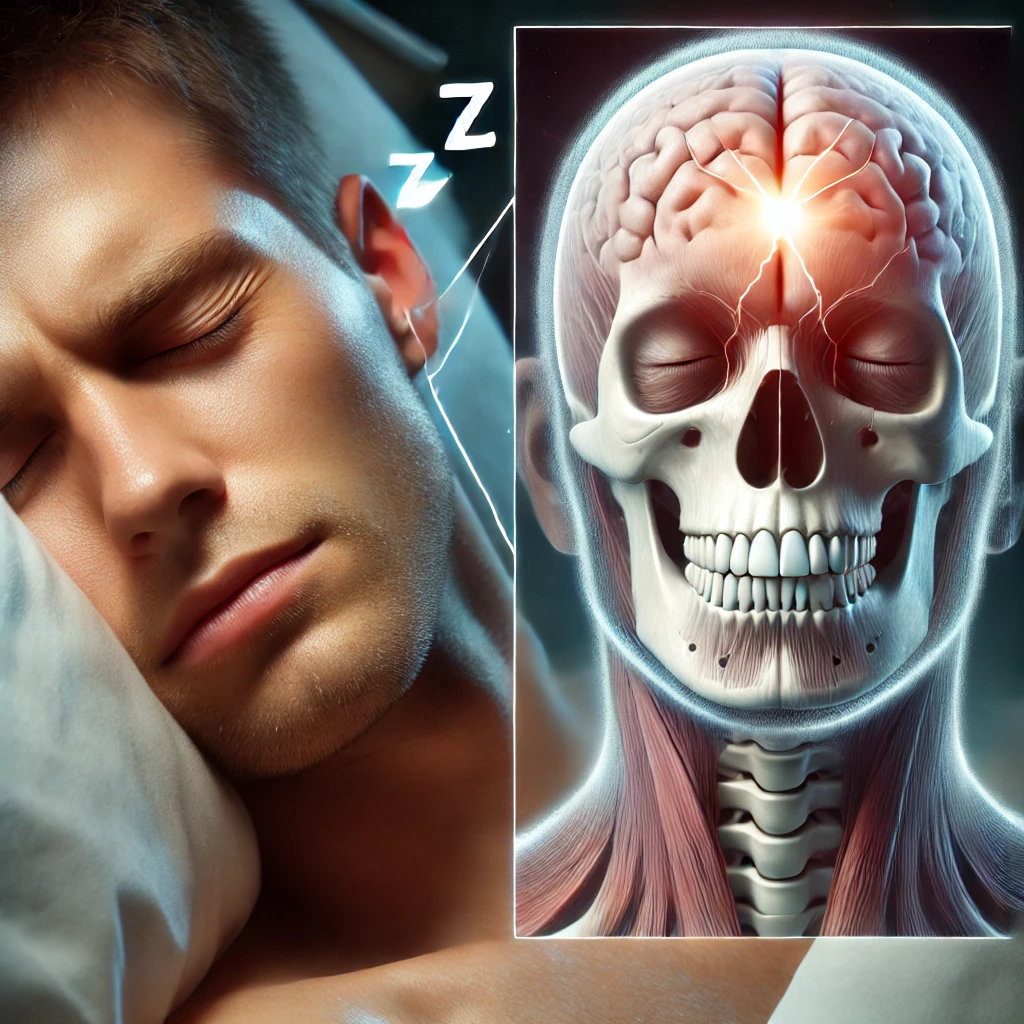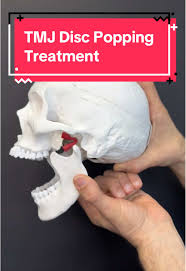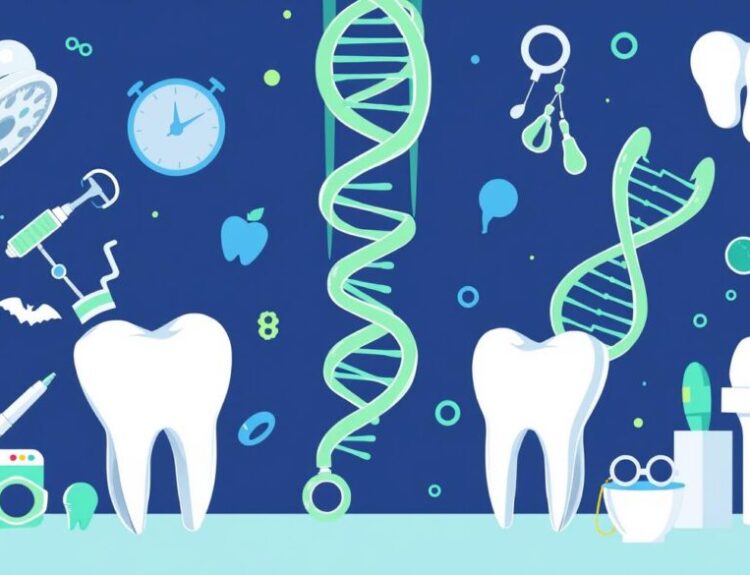Many healthy individuals frequently complain of persistent, vague headache without any obvious medical cause. Often, these headaches are dismissed as stress-related or due to fatigue. However, a thorough medical history and meticulous oral examination may reveal an underlying habit of teeth grinding, known as bruxism. Bruxism involves clenching the jaw and grinding teeth, either during sleep or while awake, often without the individual’s awareness.
Patients with bruxism exert an enormous amount of force on their teeth and jaw joints, leading to various dental and musculoskeletal issues. Mild bruxism may go unnoticed and cause minimal harm, but severe cases can result in tension headaches, tooth wear, cracked or loosened teeth, damaged dental restorations (such as fillings or crowns), and temporomandibular joint (TMJ) disorders. The constant pressure from clenching, strains the facial muscles. It contributes to chronic headaches that are often misdiagnosed.
Since bruxism frequently occurs during sleep, many sufferers remain unaware of their condition until a dentist identifies signs such as flattened tooth surfaces, jaw tenderness, or muscle fatigue. Stress and anxiety are common triggers, making relaxation techniques and stress management helpful in reducing symptoms. Dentists often recommend night guards to protect teeth from grinding forces and prevent further damage.
Early diagnosis and intervention are crucial to avoiding long-term complications. If unexplained vague headache persist, consulting a dentist for an evaluation of bruxism can provide relief and prevent irreversible damage to teeth and jaw joints. Awareness of this condition is essential, as many sufferers overlook the connection between their headaches and unconscious teeth grinding





